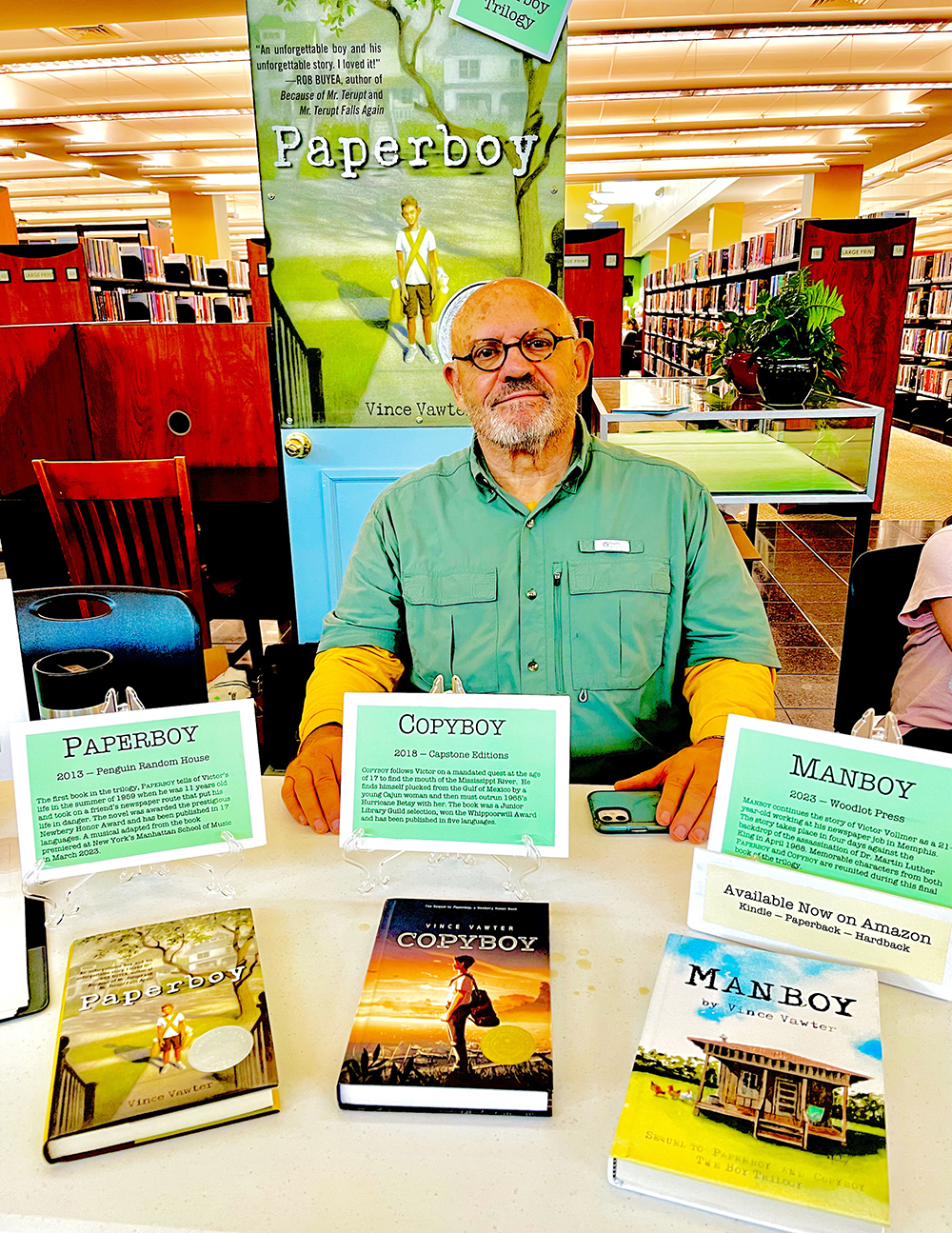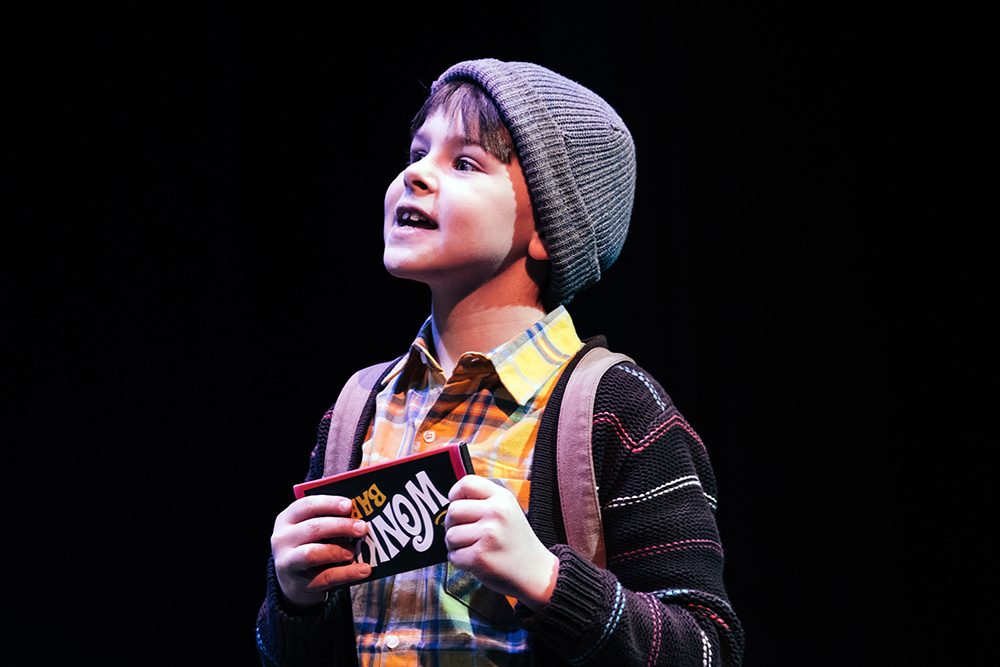If you search for Kid Maestro on your favorite streaming platform, you’ll find the bulk of his credits couched after the names of the rappers and singers he produces. One playlist is proudly headlined, “OMG It’s the Tajin God!!” (echoing the sonic tag he inserts into all his beats — the guy loves Tajín seasoning), then notes “Everything Produced, Co-Produced, Recorded, or Mixed by Kid Maestro,” before listing over five dozen tracks, largely with the Unapologetic-adjacent artists with whom he’s worked for the better part of a decade: PreauXX, AWFM, Cameron Bethany, MonoNeon, Aaron James, and IMAKEMADBEATS.
At the top of that playlist is a collaboration Kid Maestro did with PreauXX and AWFM in late 2020, the single “10K,” which, being about the proverbial 10,000 hours of experience one needs to master a craft, stands out as the perfect foreshadowing of where Kid Maestro — the artist — finds himself now, over three years later. These days, Kid Maestro is actually racking up those hours that his rappers boasted of in 2020. Indeed, that’s the key to understanding his new series of ambitious, sprawling, and unorthodox releases on the Unapologetic app, the Tajin Tapes.
As Maestro writes in a preamble to the collection, “I refuse to allow myself to stay the same, so I came up with the Tajin Tapes beat series. I’m releasing a beat tape every week.” Having just dropped Tajin Tapes Vol. 5 this Monday, the series is already proving to be a massive collection of music. But beyond sheer volume, this self-challenge was aimed at mastering a new tool in his arsenal, the Ableton Push, which Ableton is hyping as a standalone “instrument” for playing samples as easily as other instruments play notes. As Maestro notes, “I just upgraded to the Ableton Push 3 and I want to be one of the greatest users in the world of that machine. I have to get my 10,000 hours in.”
Yet he’s also philosophical about it. “It’s more of a practice, an exercise,” he says of his one-beat-tape-per-week discipline. “It’s a punching bag; it’s going into the gym. The only thing I can do is just get my reps in. So it’s a myriad of different kinds of self-improvement, on multiple fronts, not only in music-making, but in being an artist, and accepting that I’m an artist and valuing my art. All of those things are wrapped up into Tajin Tapes.”
The result feels a bit like getting a rare view into an artist’s sketchbook, as one soundscape after another, each built on layers of samples, synths, and effects, unfolds effortlessly and then is gone. Aside from the ever-inventive beats and basslines, these loops are especially distinctive for their samples, which range from the symphonic to the folkloric — a global smorgasbord of sonic flavors. As Kid Maestro explains, that’s partly due to the touring he’s done in recent years as the playback engineer for Lauryn Hill.
“I started digging for samples when I started going to other countries to do playback for Ms. Hill. The first place I went was Brazil, so I got some Brazilian records. And from there, it just became a thing. Every time I go out of the country, I make it a point to get some records. Then I get them organized for me to use the sample when the time comes.”
From there, Maestro moves quickly. “I have this personal goal of averaging two beats a day right now,” he says. “It takes an incredible amount of focus to keep up the pace because a new tape drops every week. But because of the pace of it, there is not too much that you can overthink if you plan to keep up. It’s very freeing to work through an idea, then say, ‘Okay, this is done. I’m going to move on and let it do what it’s supposed to do in the world.’ Like, stop holding on to it and let it grow into whatever it grows into.”
That reveals the true potential of these mostly instrumental tracks: Each is a kind of seed that could grow into more fully developed tracks in time. “PreauXX has already released a song that’s in the app and he put out a visual for it on social media. He’s recorded and chosen multiple beats from the Tajin Tapes, and AWFM just did the same last night. And that’s really exciting because it’s just great when an artist can see their art being accepted and used in ways that they couldn’t have imagined.”












